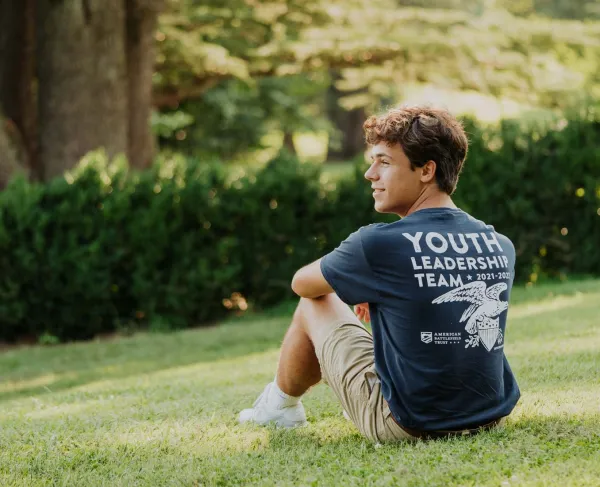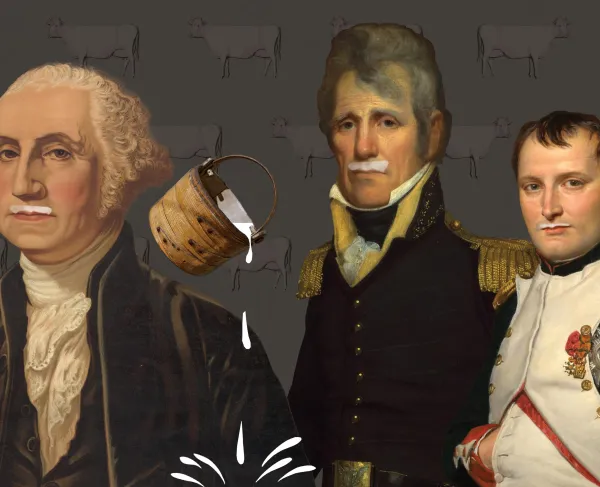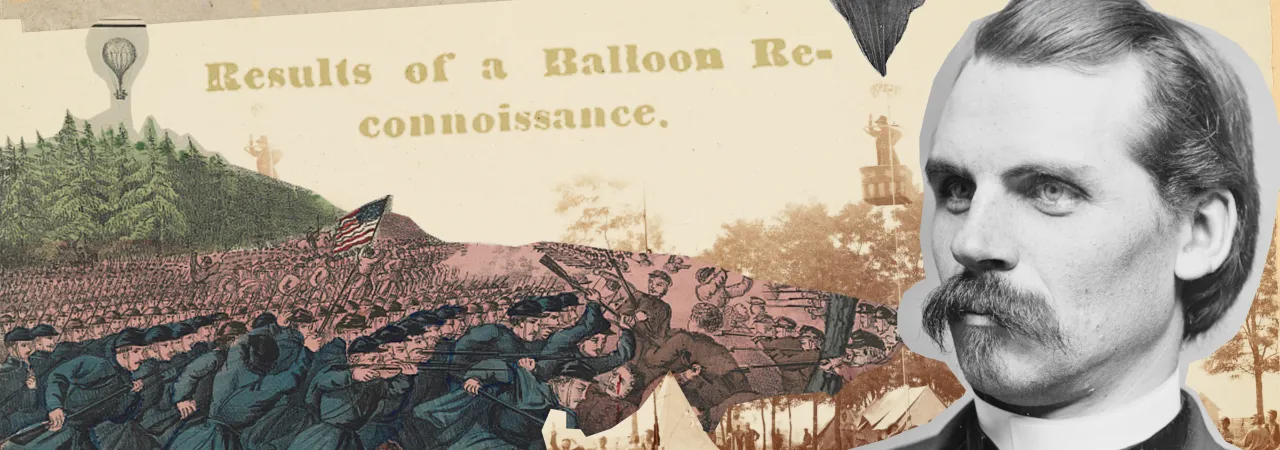
Whimsical. Colorful. Recreational. Quaint. If you've only encountered hot air balloons in modern contexts, you may struggle to imagine such a thing striking fear in a soldier's heart. But in fact, balloons were a formidable presence for a few years of the Civil War, used for surveillance and reconnaissance primarily by the Union but also by the Confederacy. Here are nine things you need to know about this surprising military technology.
1. Balloons were used mainly by the Union army, who had a dedicated Balloon Corps.
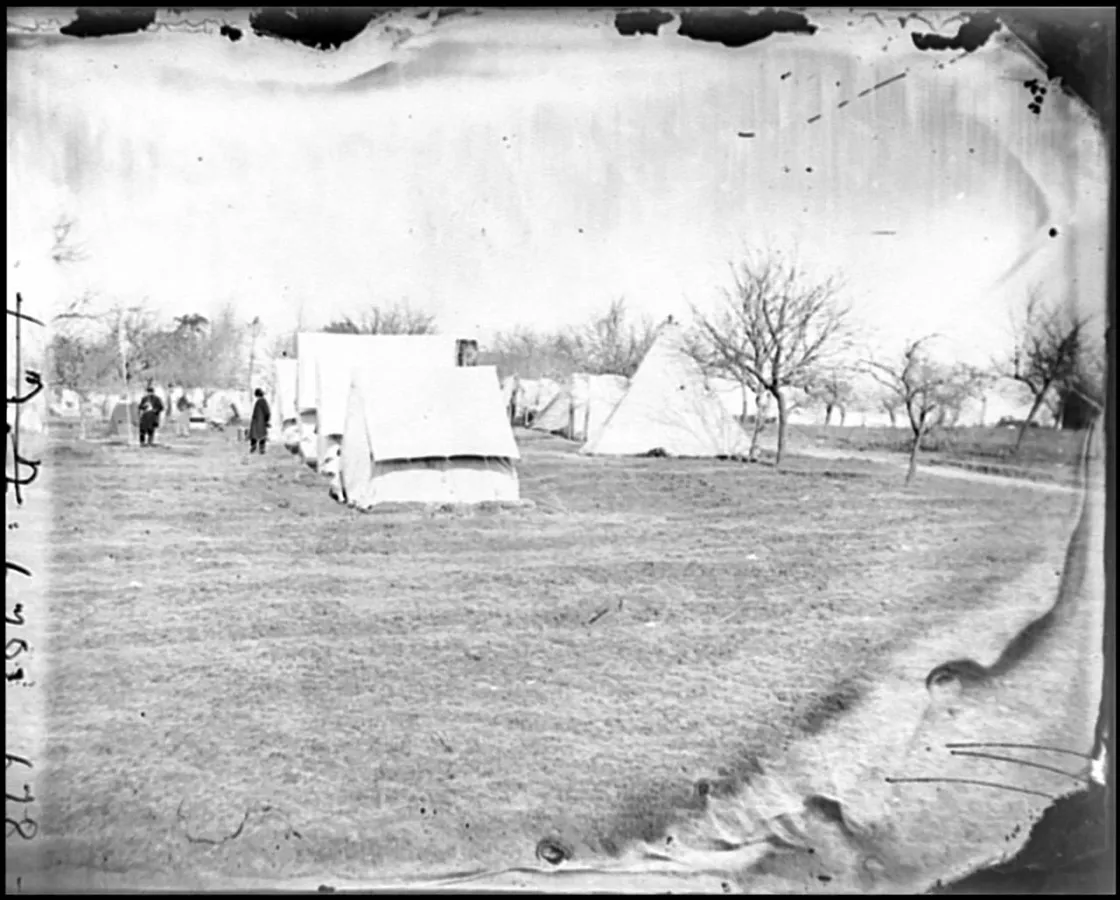
In the course of the war, both the Union Army and Navy and the Confederacy would use balloons for locating enemy forces and monitoring their movements – but the biggest investments in ballooning by far were made by the Union Army of the Potomac for engagements in the eastern theater.
2. A civilian named Thaddeus Lowe was the brains and brawn behind the Balloon Corps.
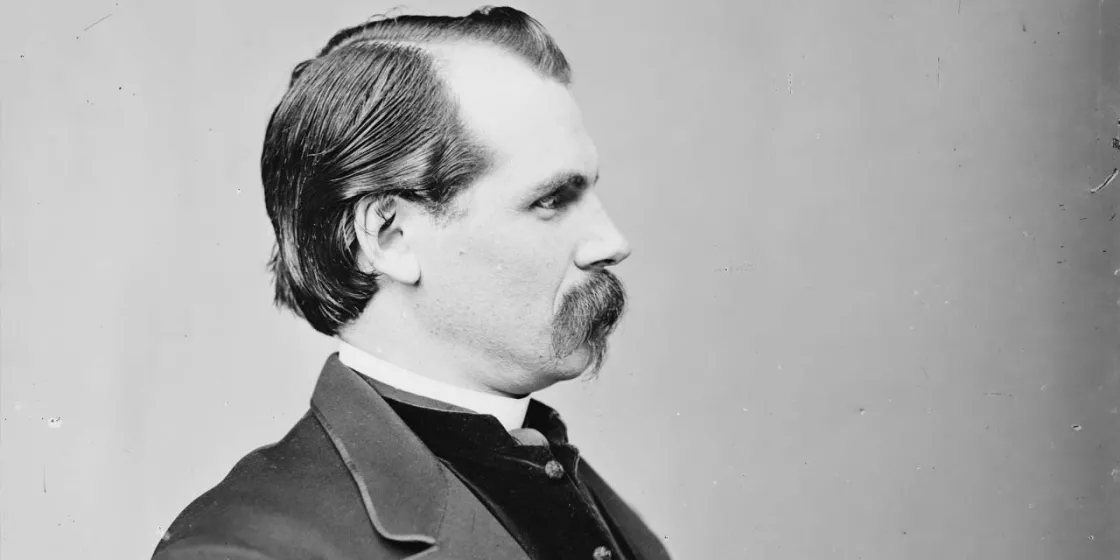
Balloon aficionado Thaddeus Lowe was named Chief Aeronaut for the Union Army in late summer of 1861, after sending President Lincoln a telegram describing the view from 500 ft above Washington, DC, in a balloon demonstration. Lowe was responsible for all aspects of Union balloon operations – transporting, maintaining, filling and manning the seven balloons he designed and constructed for the war effort.
3. Moving the balloons and getting them into and out of the sky was serious business.
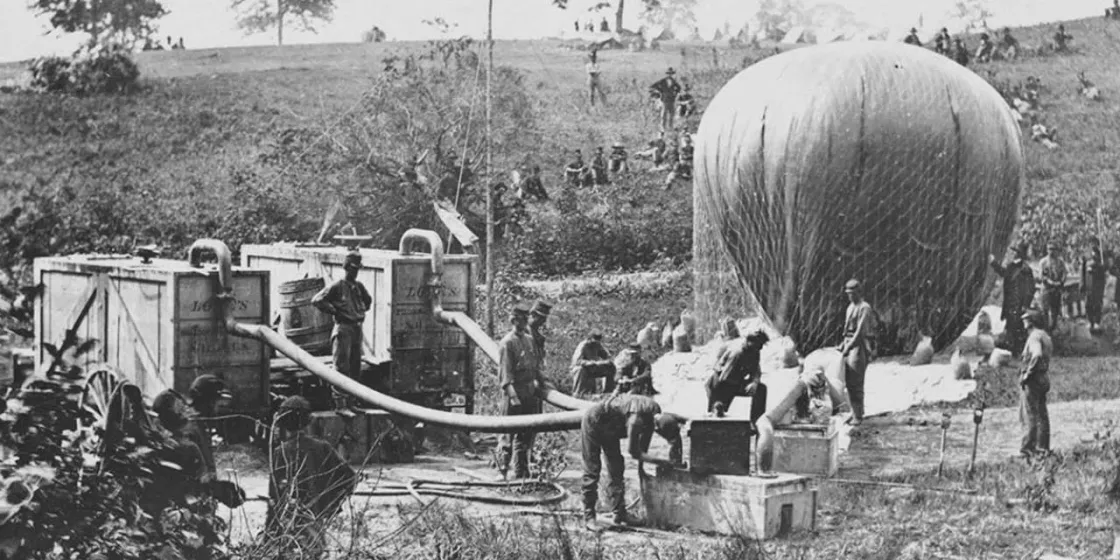
The logistics of balloon operations were no joke. Balloons, gas and other balloon-related gear were transported by ship, train and wagon. The largest balloons (Union and Intrepid) had a capacity of 32,000 cubic feet of lifting gas and could carry up to 5 people, or 4 people + a telegraph machine.
4. The balloons used in the Civil War were always tied down.
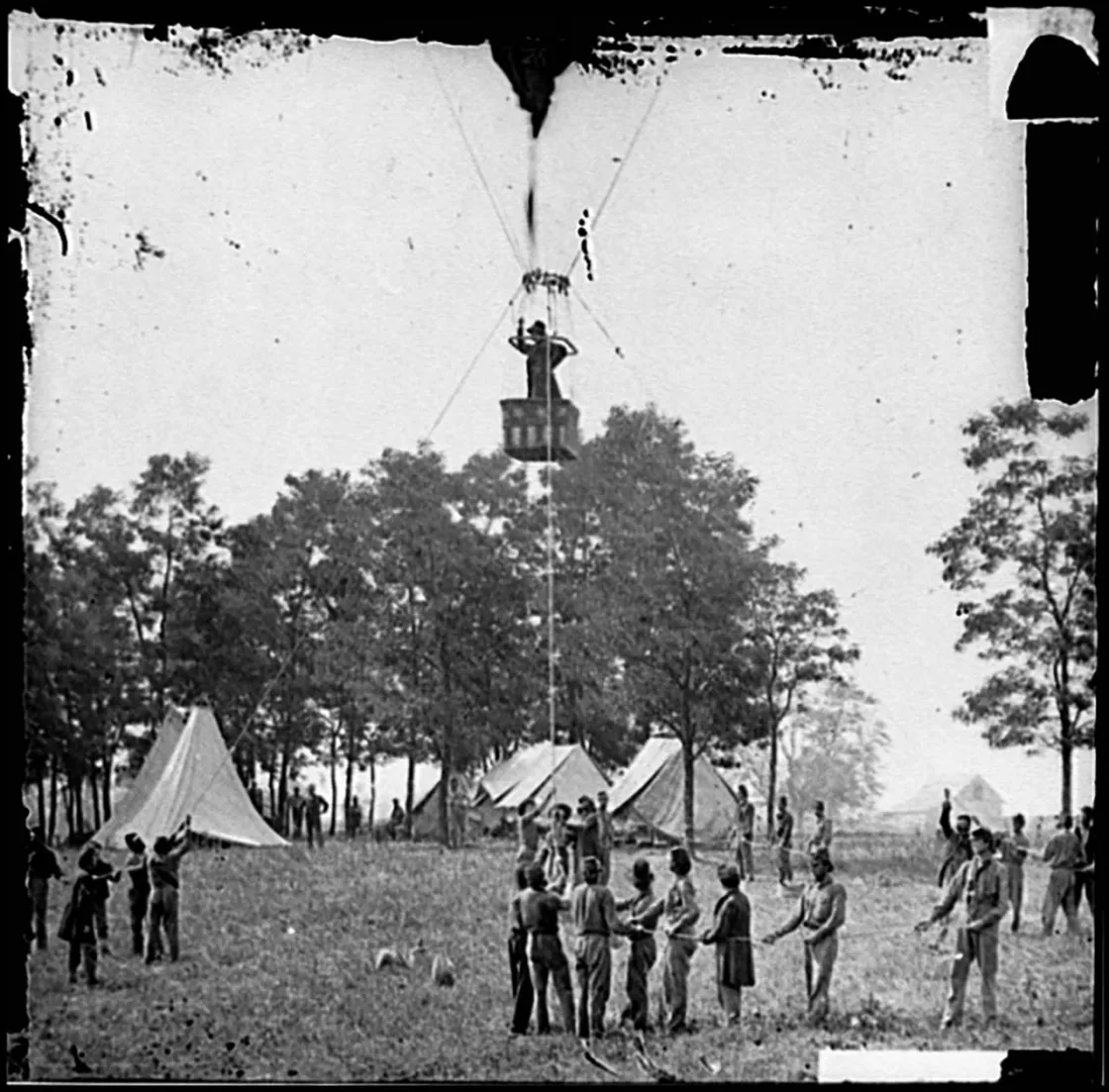
Balloons aren't known for their navigability, so their most practical military use was to get a broad aerial view of surrounding landscape while securely tethered. This presented an additional challenge to Lowe and others who ascended in the balloons: a balloon can be peaceful while drifting wherever the wind blows – but a tethered balloon in wind would likely have been in constant motion.
5. The balloons were for spying, but they weren't exactly stealthy.
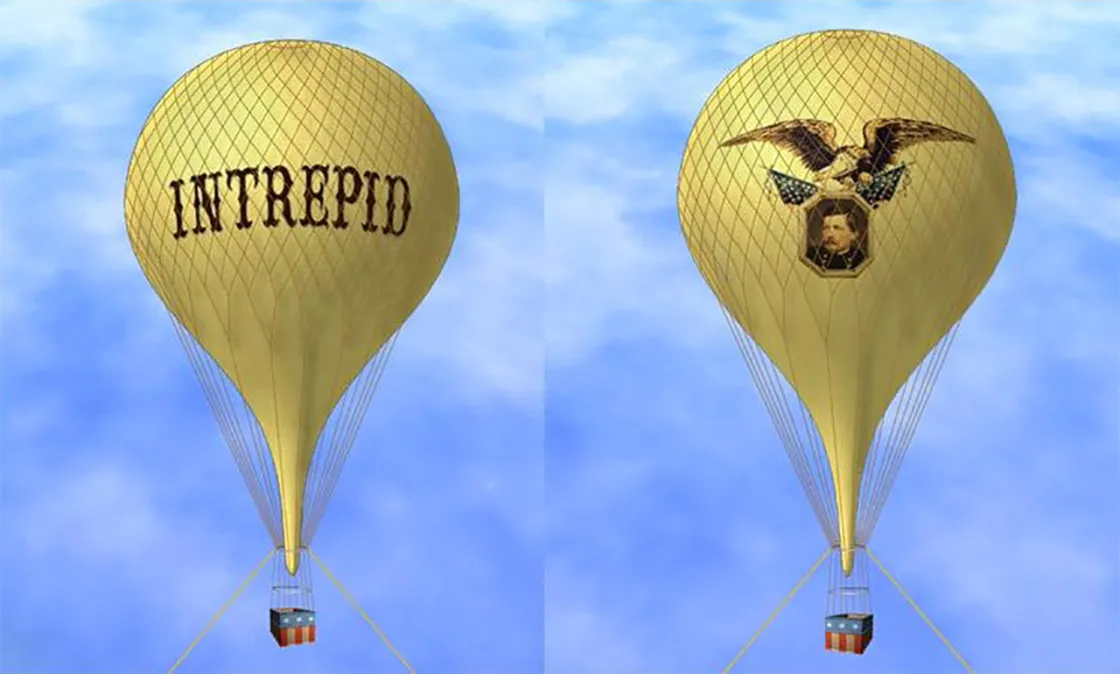
When the balloons were in the sky, there was nothing secretive about them. They were often brightly colored with patriotic designs. While this might sound risky, the balloons were always positioned well behind the front lines at an altitude of near 1,000 feet, which made them difficult or impossible to shoot down. Lowe's designs were intended to intimidate the Confederates by making them feel the Union Army was nearby, watching.
6. Balloons overlooking Washington, D.C. probably made it possible for General McClellan to safely spend months training the Union Army.
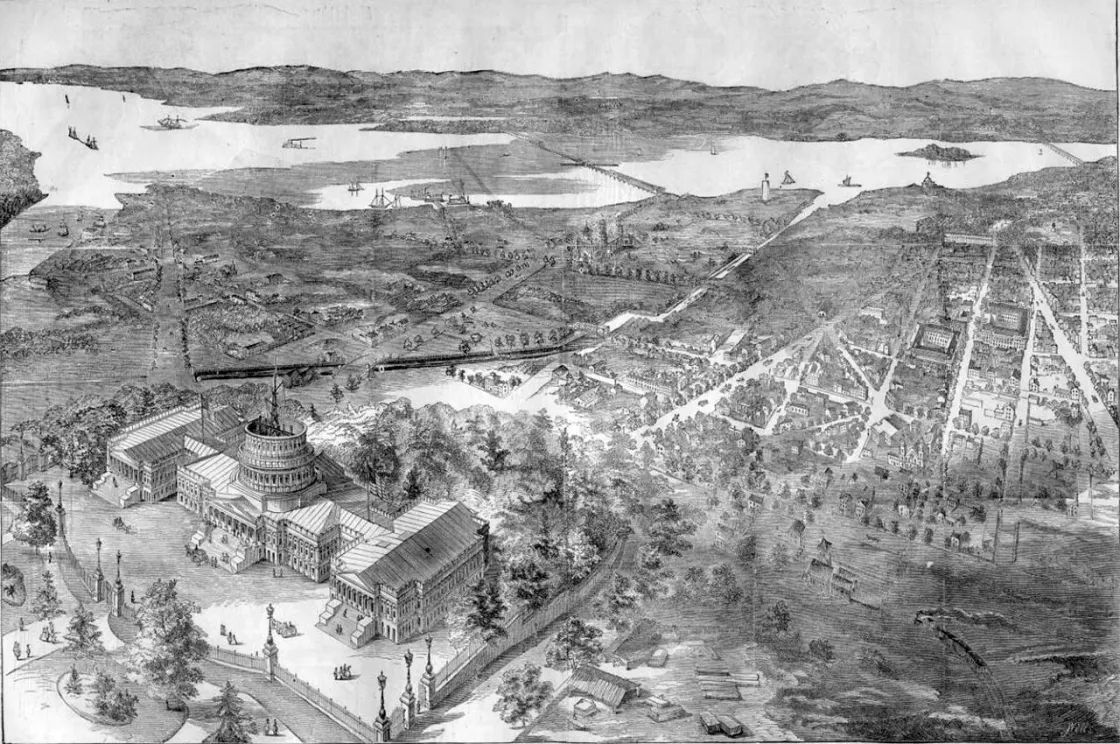
From late 1861 to early 1862, right around the time newly appointed General-in-Chief George B. McClellan was organizing and training the Army of the Potomac, Lowe tethered his balloons at locations all along the Potomac river. The balloons were strategically placed to detect the movement of a large army up to a day's march away, providing the Union capital with security while the army prepared.
7. At Yorktown, the Confederates made it a ritual to shoot at the Union balloon.
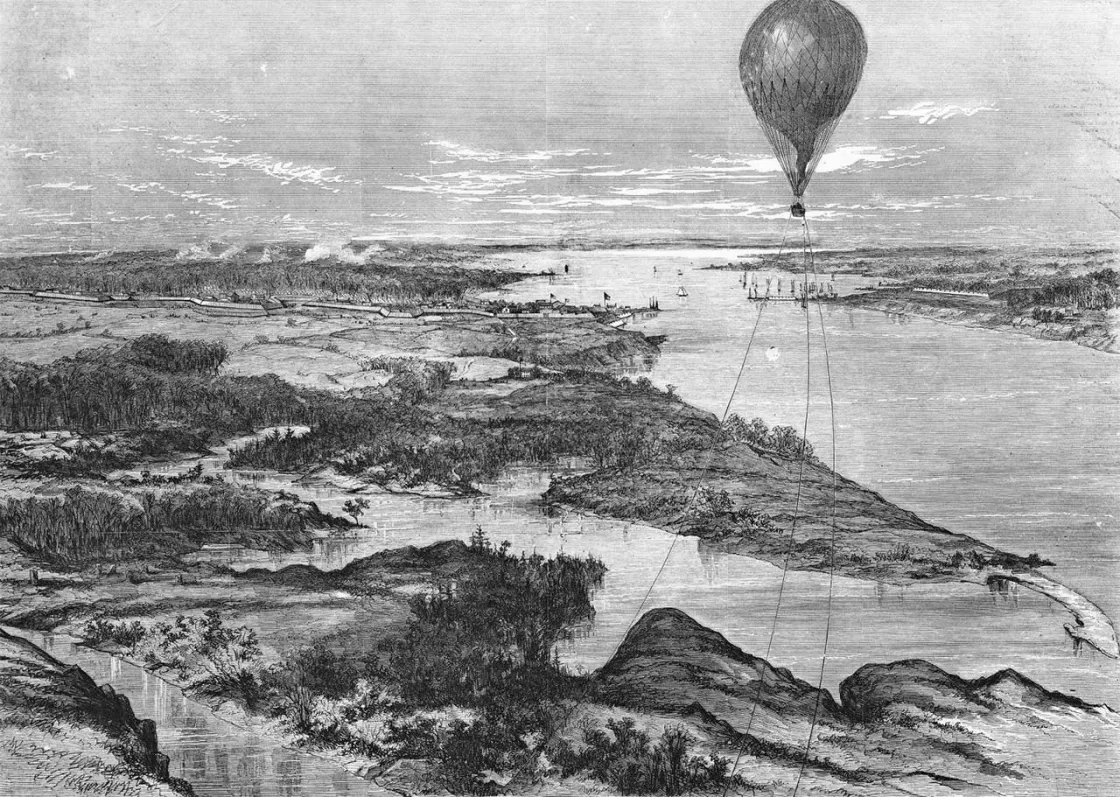
While the Union Army was camped out near Yorktown, Virginia, during the 1862 Peninsula Campaign, the Confederates routinely attempted to shoot down Lowe's balloon. Lowe stated, “the enemy opened upon it with their heavy siege guns or rifled field pieces, until it had attained an altitude to be out of reach, and repeated this fire when the balloon descended, until it was concealed by the woods.” Unfortunately for them, the balloon survived these attacks and Lowe's view from above helped the Union discover the Rebel army's evacuation from Yorktown.
8. In the Seven Days Battles, Confederate balloonist Edward Porter Alexander made daily ascensions from the deck of a tugboat.
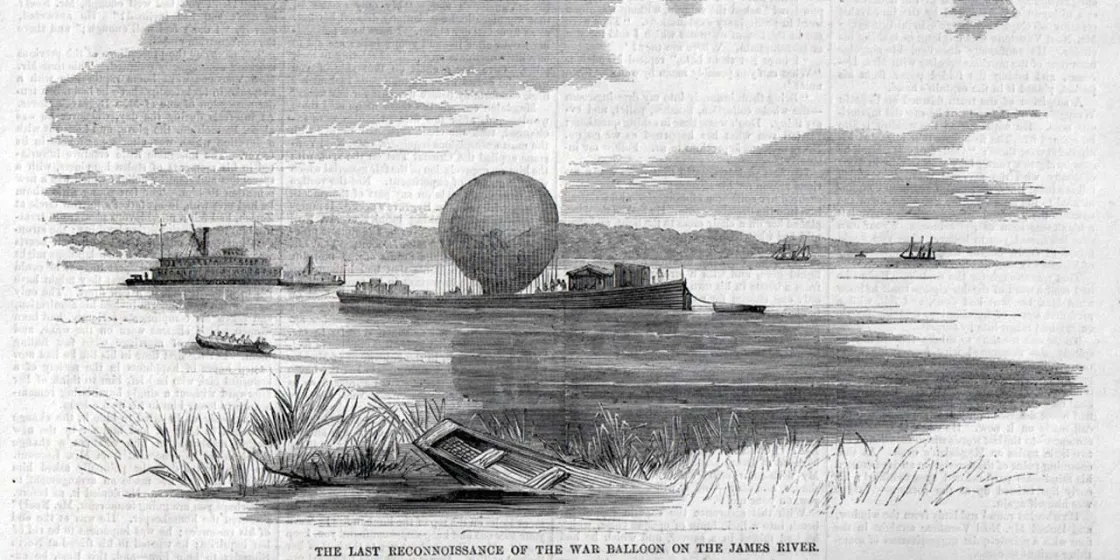
Tugboat + balloon sounds like the cutest military-technology combo ever, but it was also an effective way for Confederate artillerist Edward Porter Alexander to monitor Union movement toward the James River during the Seven Days campaign. This innovative use of the Gazelle, the Confederacy's only balloon, was cut short when the tugboat ran aground below Malvern Hill and Alexander and crew were forced to flee, leaving balloon and boat behind.
9. Like any technology, YMMV (your mileage may vary).
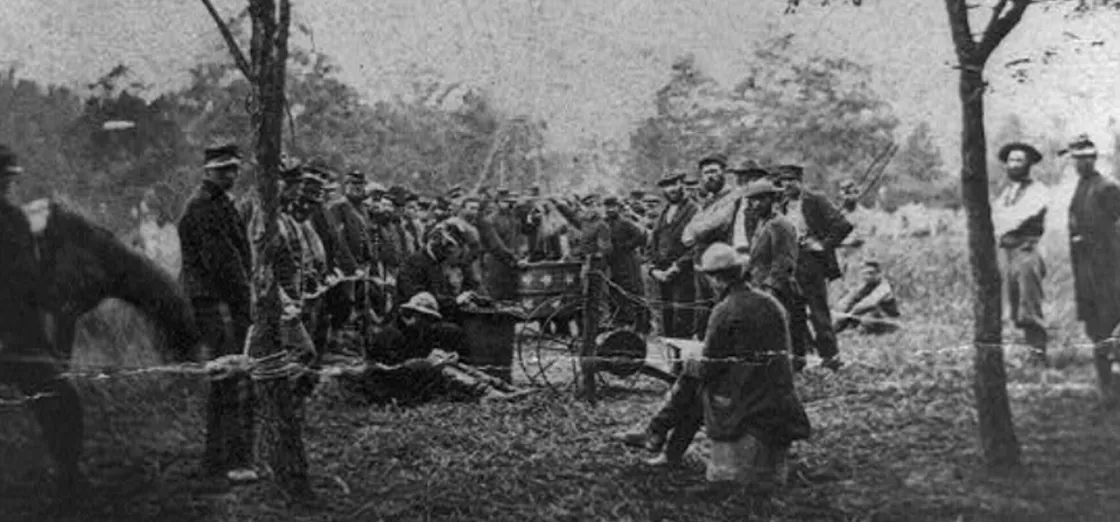
All technology has its advantages and limitations – even balloons. In the Civil War, balloons were sometimes used effectively, other times not so much. Factors like how intelligence was communicated (via telegraph, notes and sketches, signal flags, or first-hand) and how well logistics were handled greatly affected how useful the balloons could be. It seems the Union determined that the limitations outweighed the advantages, and the Balloon Corps was disbanded in 1863. What remained of the war would be fought by land and water, and balloons would drift forever into the camp of light entertainment.
We have a chance to save these critical pieces of history at Gaines' Mill, Cold Harbor, and Appomattox Court House for just a fraction of their full...
Related Battles
2,100
5,600
182
300
6,800
8,700
